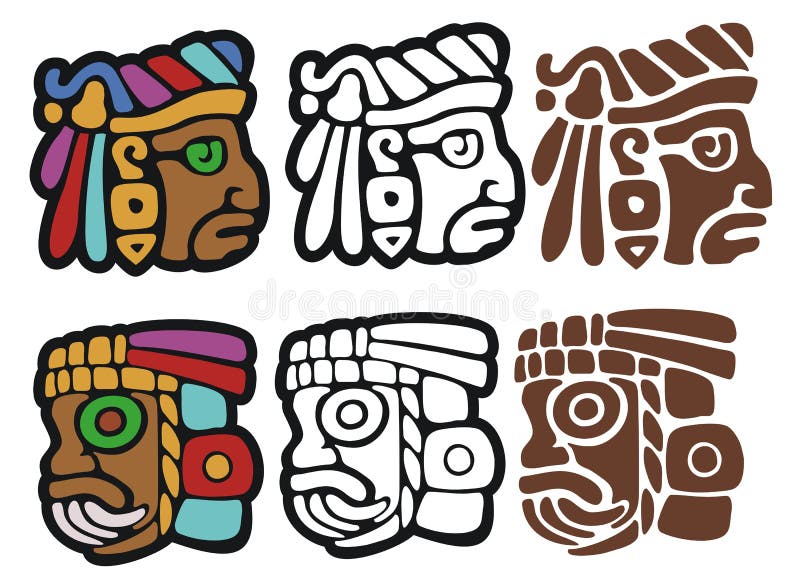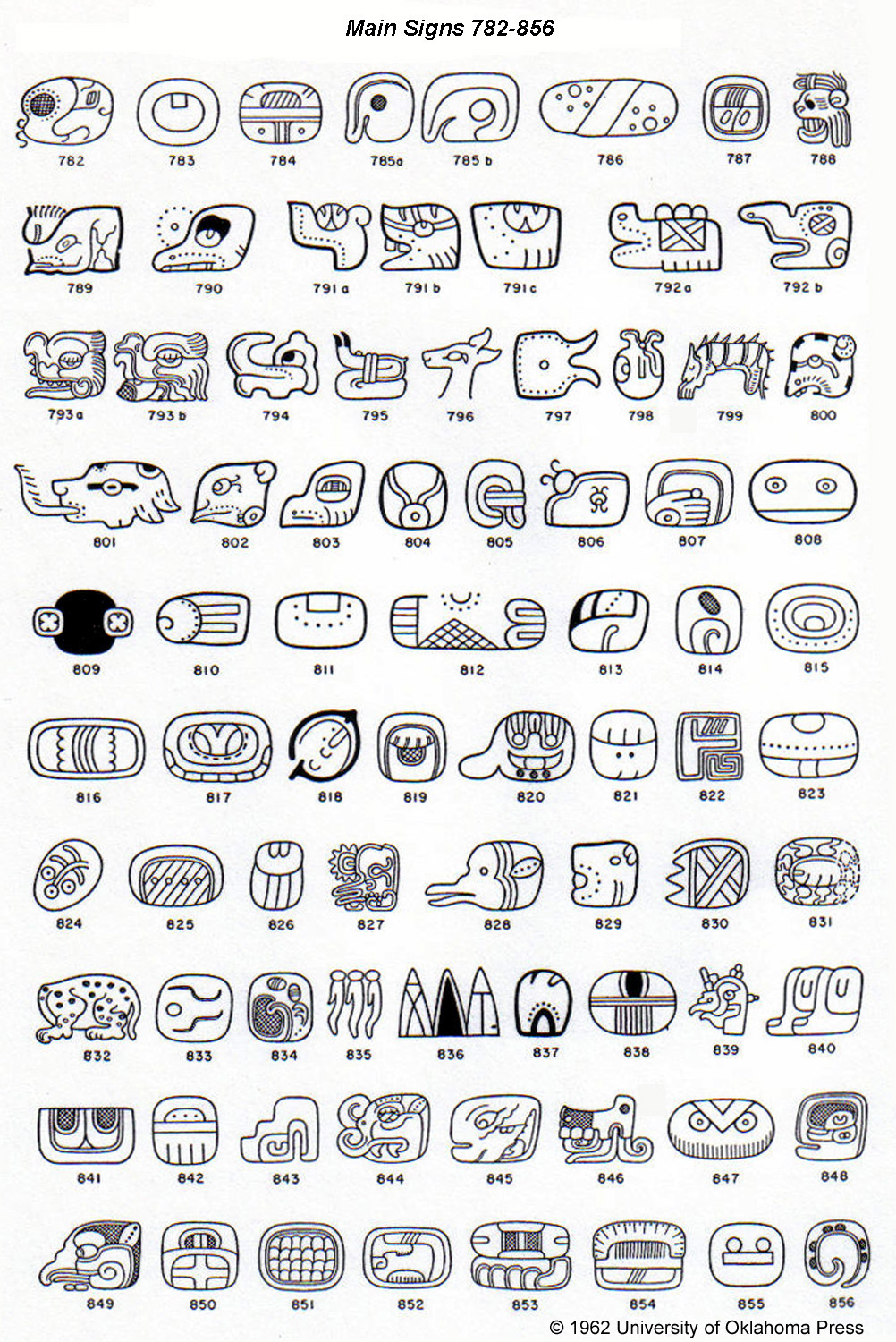

Not unexpectedly, the Swiss trading firm of Lutz & Zuellig (established in 1915, and eventually succeeded in 1922 by the F. as the award-winning drink’s exclusive distributor in Singapore to restrain it from using the word “Tansan” as descriptive of the latter’s mineral water, as it “was intended to deceive the public.” A 1914 printed advertisement of Tansan in The Straits Times indicates Caldbeck, MacGregor & Co.

Wilkinson had applied to the Supreme Court for an injunction against McAlister & Co. The Singaporean The Straits Times also reported in the Novemedition that Mr. A certain Judge Ambler was quoted as having said, “The evidence before me shows that the word “tansan” is a Japanese word meaning soda or carbonic acid, and I am inclined to think that either of these words alone are not descriptive of carbonated mineral water…it looks to me that the defendants were seeking to take advantage of the reputation enjoyed by the plaintiff’s (Wilkinson’s) water by imitating it as closely as they might the plaintiff’s trademark.” Wilkinson owned the brand, and that his competitors were illegally using it for marketing their own bottled water on the theory that “Tansan” was merely a descriptive word and not the proper subject of a trademark. In its Januissue, an article in colonial-era newspaper The Manila American (as quoted by Butch Dalisay in his column Wardrobe Failure, The Philippine Star, February 16, 2004) reported that Mr. The immense popularity of the “Tansan” brand was reflected in a number of attempts to infringe on the trademark. In a further vote of confidence, The British Journal of Inebriety (April 1912 issue) described “Tansan” as an excellent sparkling table water possessing “tonic properties which render it of service for cases of anemia and general debility.” There are such bottled waters as Isuan, Tansan, Red Rock, Royal, etc., which are good.” No drinking water should be used unless its quality is known to be satisfactory. There is artesian water at Fort McKinley, Rizal and Sternberg General Hospital, Manila, and at the Manila Hotel and other places. Drinking water, either artesian or distilled, is furnished to the Army and Navy Club and to officers’ quarters upon request made to the utilities officer. Only artesian, distilled or boiled water should be used for drinking or cleansing the teeth. Officers’ Guide, a ready reference on customs and correct procedures for American army officers stationed in Manila during the American era, instructed soldiers thus: in London in 1912, giving it sole rights of importation, distribution and sales throughout Great Britain and the rest of Europe. Note the signage “Tansan Springs” at the top of the building.” Wilkinson formed the Tansan Mineral Water Co., Ltd. A postcard, possibly circa 1910, shows the Clifford-Wilinson Mineral Water Co., Ltd.

Registered as a trademark in Washington in 1896, “Tansan” would soon arrive on the shores of America’s newly colonized Philippine Islands in 1902, sealed by, naturally, a metal crown cap. In 1889, while hunting near the mountains of the Hyogo Prefecture, Wilkinson had serendipitously stumbled upon the Tansan Springs, from whence he sourced the soon-to-be-acclaimed “Tansan” brand of aerated water. The metal crown cap solved this conundrum, and from that moment on, soda bottles could be stockpiled in vertical mode.Īnd in Kobe, Japan, Englishman John Clifford Wilkinson established the Clifford-Wilkinson Tansan Mineral Water Co., Ltd., using the mineral springs of Takarazuka to produce sparkling carbonated water. Laying bottles on their sides constantly wet the corks and precluded them from drying out and shrinking, which would have caused the gas pressure to “pop” the corks. Heretofore secured by cork stoppers, bottles often had rounded bottoms to prevent upright storage. In Baltimore, USA, inventor William Painter patented the crown cap in 1892 (and not surprisingly, the bottle cap opener in 1894), forever revolutionizing the sealing of soda pop bottles. Nearing the end of the 19 th century, two seemingly unrelated events at both ends of the world conspired to form the basis of that intriguing Tagalog word for the soft drink bottle’s metal cap – tansan.


 0 kommentar(er)
0 kommentar(er)
